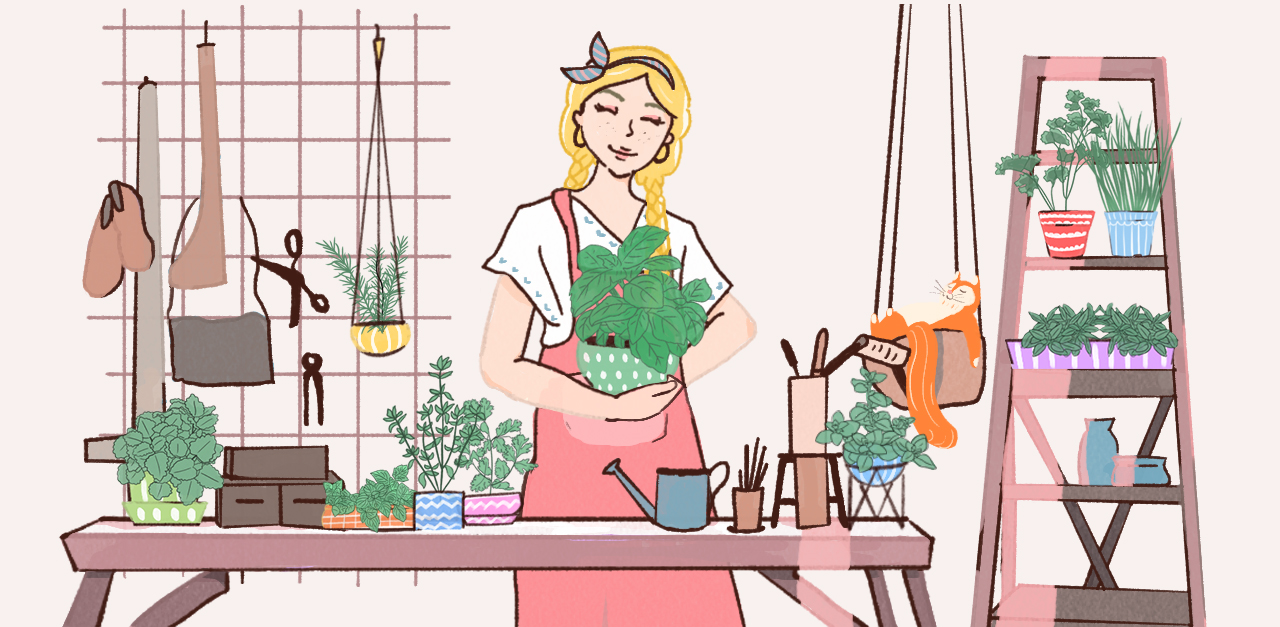
Do you find that springtime inspires the urge to plant a garden? Trust us, we can relate! There’s something amazing and reinvigorating about getting wrist deep in soil — planting seeds, watching them grow, and knowing that, in time, those tiny seedlings will be served in fresh, seasonal food on your own table.
However, if — like us — you live in an apartment or other small urban space, a full-fledged garden may not be in the cards for you. But that doesn’t mean you can’t enjoy your own little slice of spring—you just have to get creative. With just a few materials, you can start your own indoor herb garden that can actually thrive all year long, not just in the spring and summer months. Herbs are super easy to grow in containers. They’re relatively low-maintenance plants that don’t require a lot of space (which if good, since we don't have any to spare). Read on to find out how to get started and which herbs are most suitable for an indoor herb garden.
Getting Started
To get started, you’ll need to collect some small containers, like Mason jars or small clay pots. Proper drainage will definitely extend the life of your plants, so if your containers don’t have holes in the bottom, either drill one yourself or fill the bottom of the jar with rocks, bottle caps, pottery shards, or other large pieces of material that will allow the water to drain from the soil.
Choose a soil that’s suitable for containers and fill your jars with the soil. Soil combined with peat or sphagnum moss is a great option for small containers since it drains more easily. Next, plant your herbs and place them in a sunny part of your home. Most herbs need about six hours of natural sunlight daily, and about twice that amount if you’re forced to use artificial lighting.
The best thing about starting your own indoor herb garden? You can dive in anytime! Since weather isn’t a concern, you don’t have to wait until spring to play host to a tiny collection of herbs. And that’s great news, since cooking with fresh herbs is an easy way to incorporate healthy nutrients into your diet. What's more, growing your own herbs is a much more affordable alternative to purchasing fresh herbs every time you want to whip up a culinary masterpiece.
Below, we've compiled a list of the 10 herbs best-suited for an indoor herb garden. These herbs are hearty, easy to grow, don’t need much space, and generally thrive indoors. Happy planting!
1. Chives
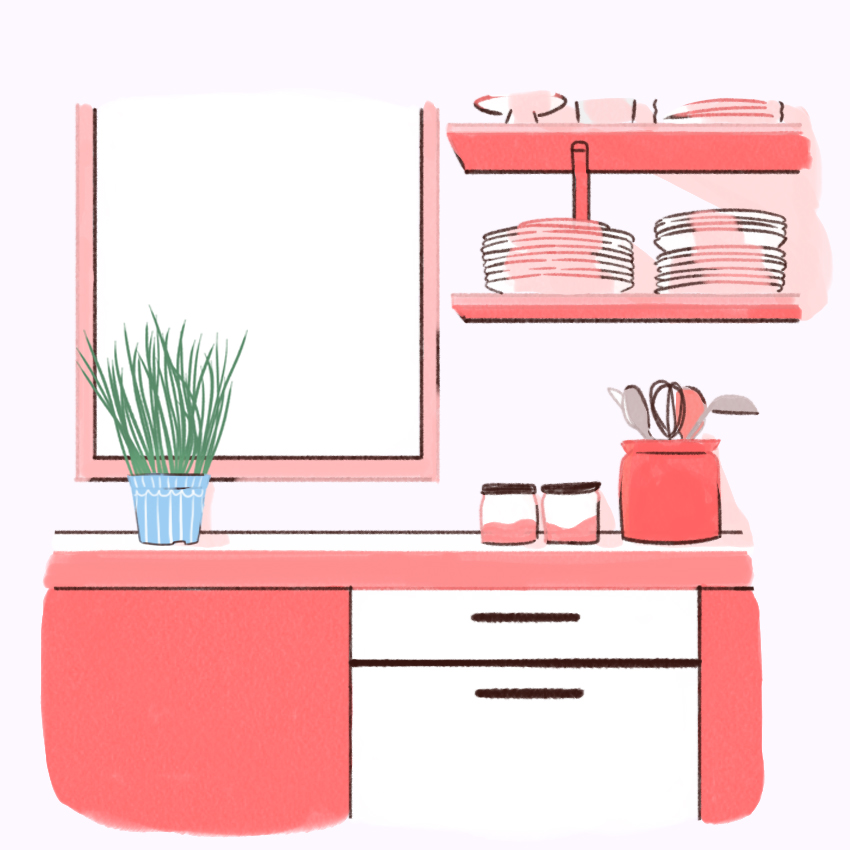
Chives have a mild onion flavor and can be used in a variety of dishes like salads and soups. Chives are hearty; they enjoy moist soil, and if properly tended, they will grow quickly and will benefit from regular clipping.
2. Mint

Mint is a great option for an indoor herb garden since it’s super hearty and will grow like crazy if properly maintained. Mint leaves can be used in a variety of tasty treats, like tea, ice cream, and cocktails (mojitos, anyone?), or you can just enjoy that minty fresh scent wafting through your kitchen! Mint requires very little maintenance outside of adequate drainage, and regular watering and sunshine.
3. Parsley
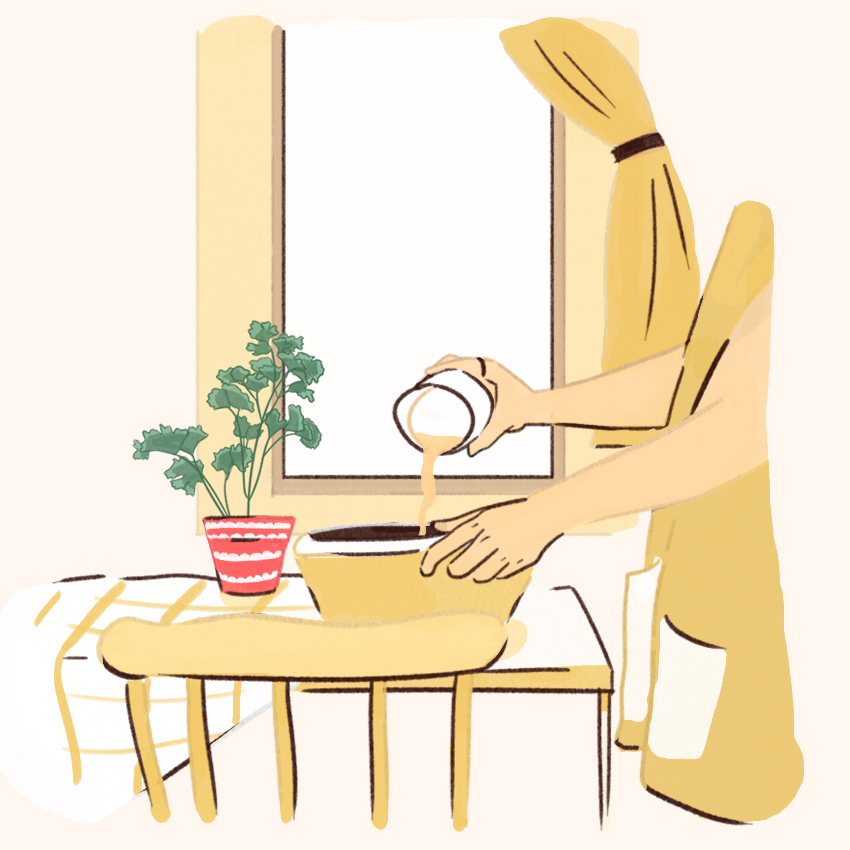
Parsley is a great choice for your indoor herb garden simply because it’s rare to come across a recipe that doesn’t call for a dash of this leafy green herb. When when you’re not using it in your food, you can pop a sprig into your mouth and chew on it for fresh breath. Just be careful to avoid consuming too much parsley if you’re pregnant, since it contains natural oils that can cause uterine contractions. Like mint, parsley is a hearty plant that doesn’t require much TLC.
4. Basil
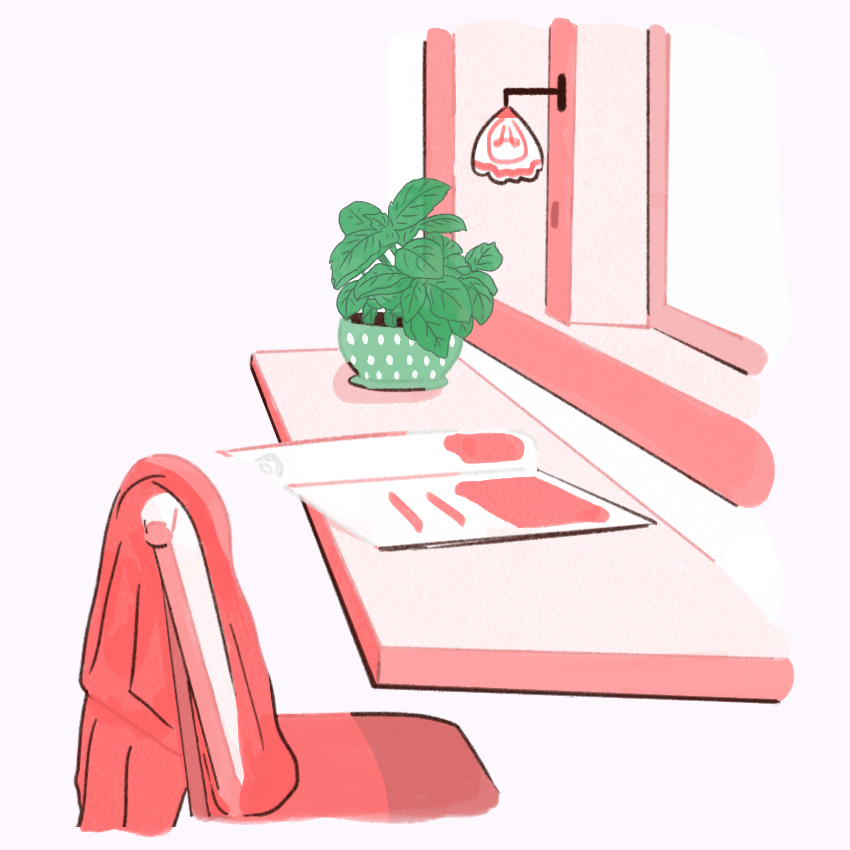
Hands down, basil is one of the tastiest, most aromatic herbs on this list. And it smells amazing too! If you love Italian cuisine, you'd do well to have a basil plant in your garden, as it’s a staple herb in most Italian dishes. Go stove-free and combine it with a slice of mozzarella cheese, a seasonal tomato, a dash of salt, and some balsamic viniagrette for an easy, fresh, and delicious caprese salad. Basil grows best with adequate drainage and regular use of an organic fertilizer added to the soil.
5. Cilantro

Cilantro is a divisive herb: Some people love it, others can't abide it and claim it tastes like a mouthful of soap (what’s that about, anyway?). But if you’re in the former category, cilantro will make a nice addition to your indoor herb garden. It’s fairly low maintenance and very easy to grow. Plus, it’s a staple in Mexican cooking. Pass the fish tacos! Cilantro doesn’t do well in soil that's too wet, so only water it when the soil feels dry to the touch. This herb needs about five hours of sunlight daily.
6. Oregano

Like parsley, oregano is a popular herb that’s found in a host of recipes of all types. If you’ve only ever used dried oregano from a jar, you’re in for a treat—the fresh version is even tastier! Oregano requires excellent drainage and plenty of sunlight in order to grow.
7. Rosemary
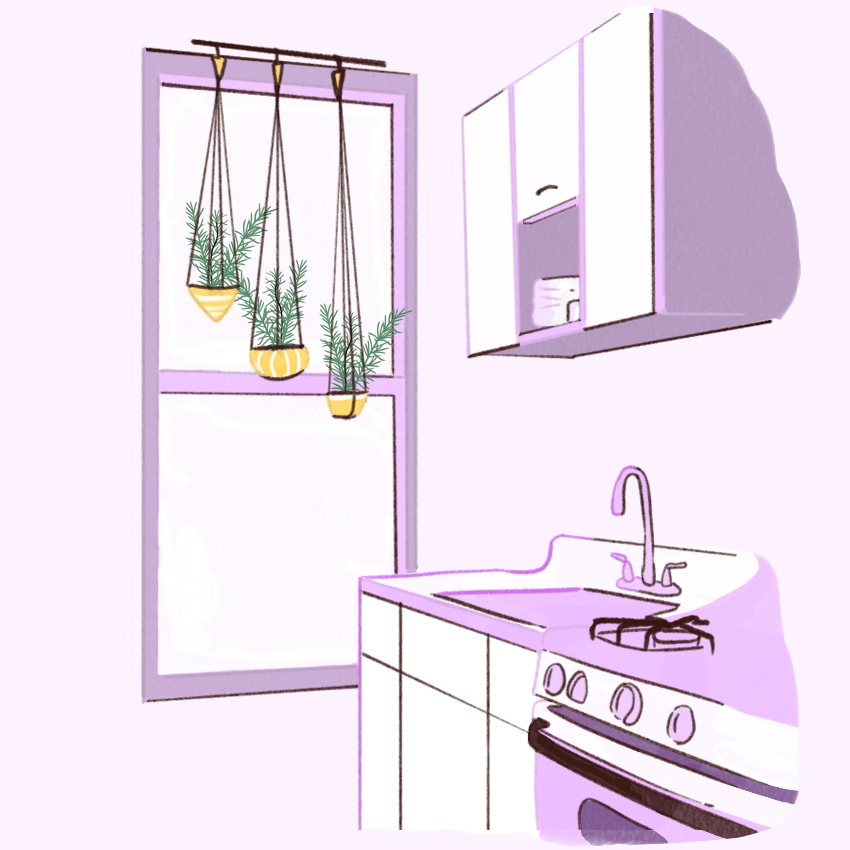
Delicious and super fragrant, rosemary is an excellent herb to have around the house (or studio apartment). It’s a versatile herb, lending itself to a variety of recipes, but particularly those of French origin (think: Chicken Provencal). And every aspiring Julia Child knows you can’t roast a whole chicken without rosemary. Among the fussier of the herbs on this list, your rosemary will require as much sunlight as you can possibly provide, along with excellent drainage. In addition, rosemary plants are super susceptible to something called powdery mildew, which you can stave off by providing adequate circulation near the plant.
8. Thyme

Thyme is another versatile herb. It’s incredibly hearty and grows quickly. Avoid over-watering and provide your thyme plant with somewhat regular fertilization with fish emulsion or a similar organic fertilizer, and you’ll have all the thyme you need. If only time worked the same way.
9. Lemon Balm

If you love all the delicious aromas that fresh herbs provide, this lesser-known herb is a must. Lemon balm gives off a delightful citrusy scent, and can be used to make lemon balm tea, along with many other recipes. This herb is easy to grow and spreads quickly—that means growing it in a container is actually preferable to having it in a garden.
10. Sage
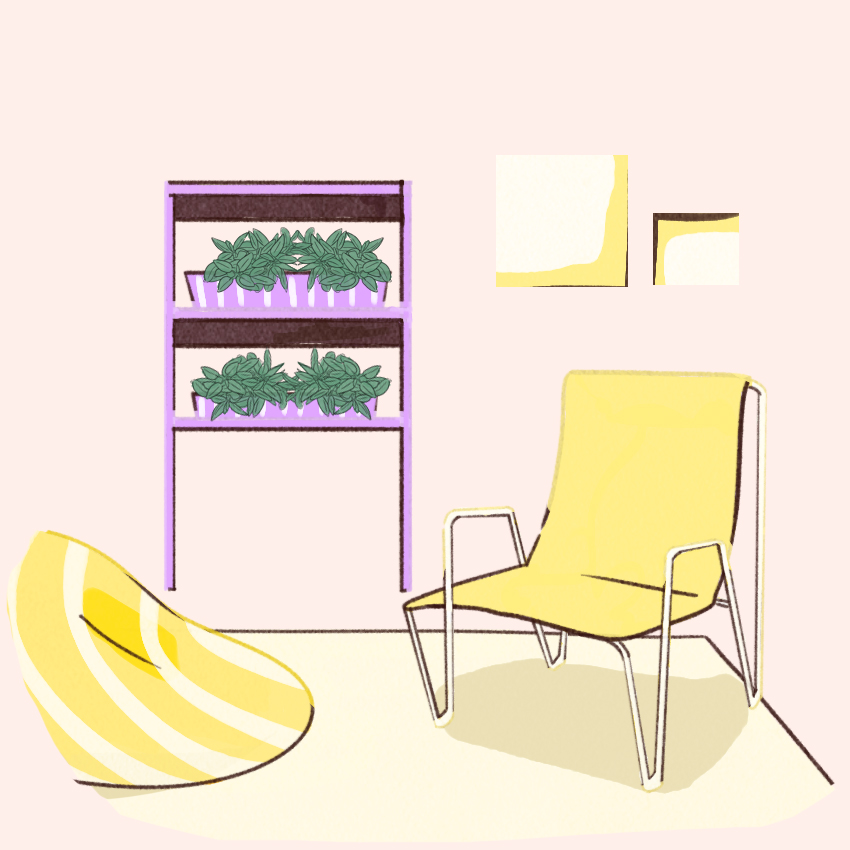
Sage tends to show up in lots of heavy, hearty dishes like stuffing and roast turkey, which, yes, isn't exactly warm weather fare. But sage can also be used as an essential oil — and Native Americans regularly burn it as part of spiritual cleansing rituals. Since sage is prevalent in the dessert, it’s a drought-resistant plant that won’t need too much watering. However, it does require several hours of sunlight each day.




